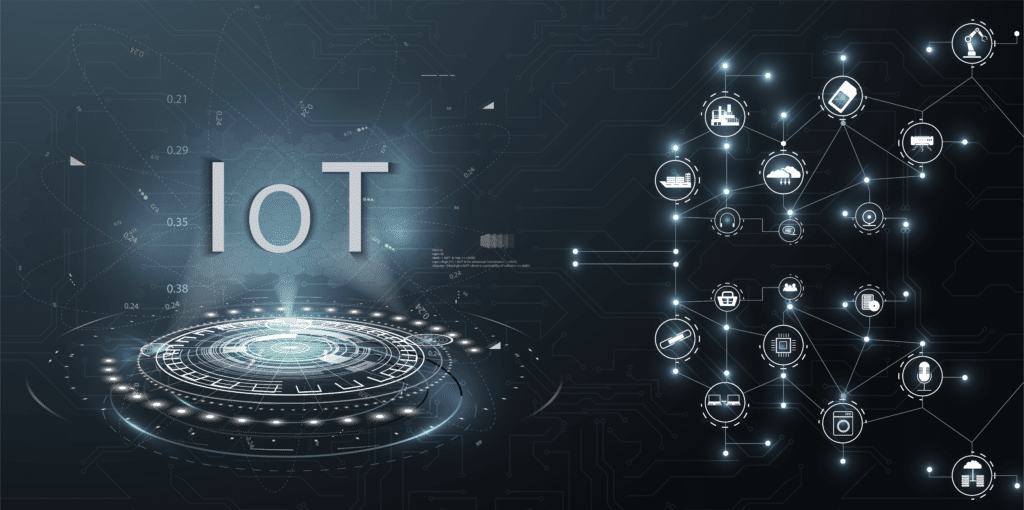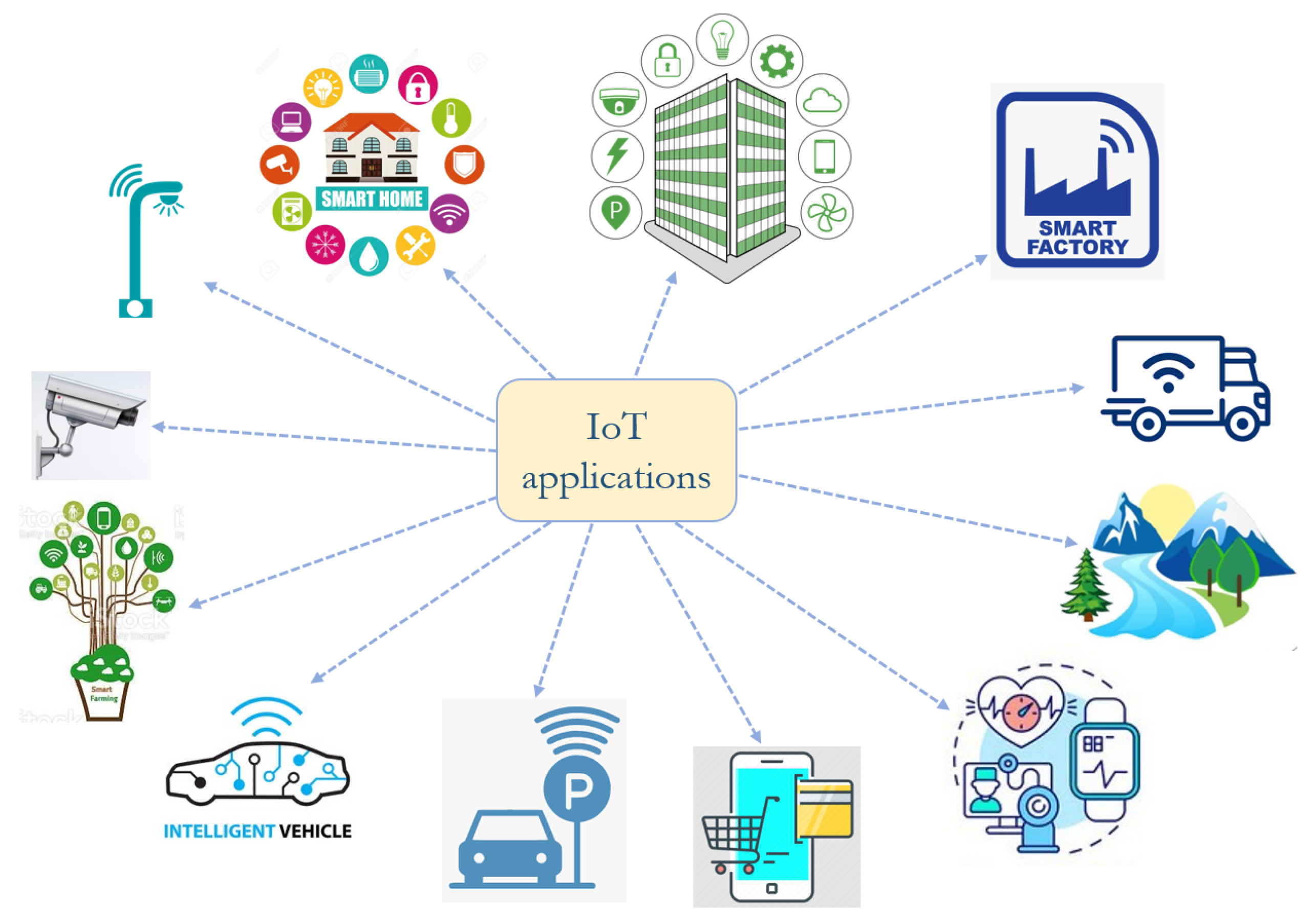What Is Remote IoT Examples? Unlocking The Power Of Connected Devices
Hey there tech enthusiasts and curious minds! If you've ever wondered about what is remote IoT examples or how connected devices are revolutionizing industries, you're in the right place. In this article, we'll dive deep into the world of remote IoT, exploring its applications, benefits, and real-world examples that are shaping our future. So grab a coffee, get comfy, and let's unravel the magic of remote IoT together.
Remote IoT examples are not just buzzwords in the tech world; they're game-changers. From smart homes to industrial automation, remote IoT is everywhere. It's about connecting devices, sharing data, and enabling automation to simplify our lives. But what exactly does it mean? Let's break it down in a way that even your grandma could understand.
This article isn't just another tech jargon-filled piece. We're here to make things clear, actionable, and downright fascinating. Whether you're a seasoned professional or someone who's just starting to explore the IoT landscape, this guide will give you the tools and knowledge you need to make sense of remote IoT examples. Let's get started!
Read also:Level Up Your Setup Remote Iot Vpc Network Raspberry Pi Free Aws
Before we dive deeper, let's set the stage. IoT, or the Internet of Things, is essentially a network of physical devices that are interconnected and can communicate with each other. When we talk about remote IoT, we're referring to these devices being controlled or monitored from afar. Think about controlling your home thermostat from your office or tracking a fleet of delivery trucks in real-time. Pretty cool, right? Now, let's explore the specifics.
Understanding Remote IoT: A Beginner's Guide
Remote IoT is all about extending the capabilities of IoT to locations that aren't physically accessible. It's like giving your devices superpowers to operate independently or with minimal human intervention. The concept is simple: connect devices, collect data, analyze it, and take action. But the applications? They're limitless.
Key Features of Remote IoT
So, what makes remote IoT so special? Here are a few key features:
- Connectivity: Devices can communicate over long distances using various communication protocols like Wi-Fi, Bluetooth, or cellular networks.
- Data Collection: Sensors gather data from the environment, which can be used for monitoring or analysis.
- Automation: Systems can be programmed to take actions based on predefined rules or machine learning algorithms.
- Scalability: Remote IoT solutions can be expanded to accommodate more devices or users as needed.
These features make remote IoT an attractive option for businesses looking to optimize operations, reduce costs, and improve efficiency.
Why Remote IoT Matters: The Business Case
In today's fast-paced world, staying competitive means embracing innovation. Remote IoT offers businesses the ability to monitor and manage assets in real-time, leading to better decision-making and increased productivity. For example, a manufacturing plant can use remote IoT to track machine performance and schedule maintenance before a breakdown occurs. This proactive approach saves time, money, and resources.
Benefits of Remote IoT
Let's break down the benefits of remote IoT in a way that even your non-tech-savvy friends can understand:
Read also:Unveiling The Enigma Emily Carriveaus Journey And Impact
- Cost Savings: By automating processes and reducing the need for on-site visits, businesses can cut operational costs significantly.
- Increased Efficiency: Real-time data allows for faster decision-making and more efficient resource allocation.
- Improved Safety: Remote monitoring can help identify potential hazards before they become serious issues.
- Enhanced Customer Experience: Businesses can offer personalized services by leveraging data collected from IoT devices.
These benefits make remote IoT a no-brainer for organizations looking to stay ahead of the curve.
Real-World Remote IoT Examples
Talking about remote IoT is one thing, but seeing it in action is another. Let's explore some real-world examples of remote IoT in different industries.
Smart Agriculture
Farming has come a long way from the days of manual labor. Today, farmers use remote IoT to monitor soil moisture, weather conditions, and crop health. Sensors placed in fields send data to a central hub, which farmers can access from anywhere. This allows them to make informed decisions about irrigation, fertilization, and pest control.
Healthcare
In the healthcare sector, remote IoT is transforming patient care. Wearable devices like fitness trackers and smartwatches collect data on heart rate, sleep patterns, and activity levels. This data can be shared with healthcare providers, enabling them to monitor patients remotely and intervene when necessary.
Smart Cities
Cities around the world are adopting remote IoT to improve urban living. Smart traffic lights, waste management systems, and energy-efficient streetlights are just a few examples of how remote IoT is making cities more sustainable and livable.
Challenges and Considerations
While remote IoT offers numerous benefits, it's not without its challenges. Security, privacy, and interoperability are just a few concerns that need to be addressed.
Security Concerns
With so many devices connected to the internet, security is a top priority. Hackers could potentially gain access to sensitive data or disrupt critical systems. Implementing robust security measures, such as encryption and authentication, is essential to protect against these threats.
Data Privacy
As more data is collected and shared, concerns about privacy are growing. Organizations must ensure that they comply with data protection regulations and obtain consent from users before collecting their data.
Interoperability
Not all IoT devices are created equal. Ensuring that devices from different manufacturers can communicate with each other is a challenge that needs to be overcome. Standardizing communication protocols and interfaces can help address this issue.
Remote IoT in Everyday Life
Remote IoT isn't just for big businesses and industries. It's also making its way into our everyday lives. From smart homes to wearable devices, remote IoT is enhancing our convenience and comfort.
Smart Homes
Who wouldn't want a house that adjusts the lighting, temperature, and security settings automatically? Smart home systems use remote IoT to create a personalized living experience. You can control everything from your smartphone, whether you're at home or miles away.
Wearable Devices
Fitness trackers and smartwatches are becoming increasingly popular. These devices use remote IoT to monitor your health and activity levels, providing insights that can help you lead a healthier lifestyle.
Future Trends in Remote IoT
The future of remote IoT looks bright. As technology continues to evolve, we can expect even more innovative applications and use cases. Here are a few trends to watch out for:
Edge Computing
Edge computing involves processing data closer to the source, reducing latency and improving response times. This is particularly useful for applications that require real-time decision-making, such as autonomous vehicles.
5G Networks
The rollout of 5G networks will enable faster and more reliable connectivity for IoT devices. This will pave the way for more advanced applications, such as smart cities and industrial automation.
AI Integration
Artificial intelligence (AI) is increasingly being integrated into IoT systems to enhance their capabilities. AI can analyze data from IoT devices and provide insights that humans might miss, leading to more intelligent decision-making.
Expert Insights and Statistics
To give you a better understanding of the impact of remote IoT, let's take a look at some expert insights and statistics:
- According to a report by Gartner, the number of connected devices is expected to reach 25 billion by 2025.
- A study by McKinsey found that IoT could generate up to $11.1 trillion in economic value by 2025.
- IBM reports that 80% of organizations are already using IoT in some capacity, with 65% planning to increase their investment in the technology.
These numbers show that remote IoT is not just a passing trend but a fundamental shift in how we interact with technology.
Conclusion: Embracing the Future of Remote IoT
In conclusion, remote IoT is transforming the way we live and work. From smart homes to industrial automation, the applications are endless. By understanding the key features, benefits, and challenges of remote IoT, you can make informed decisions about how to incorporate it into your business or personal life.
So, what's next? We encourage you to explore the world of remote IoT further and see how it can benefit you. Don't forget to share this article with your friends and colleagues, and leave a comment below with your thoughts and questions. Together, let's build a smarter, more connected future!
Table of Contents
Article Recommendations


